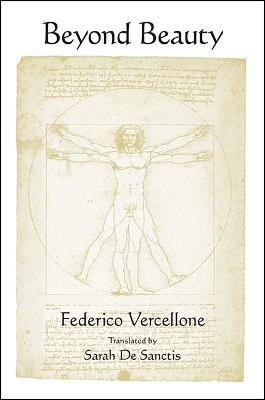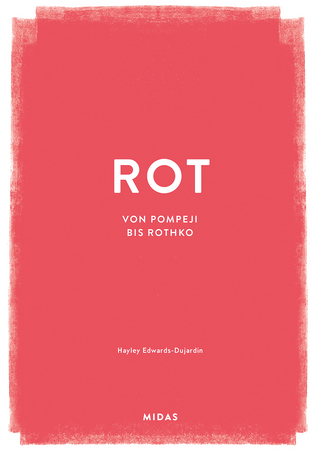
Beyond Beauty
Seiten
2017
State University of New York Press (Verlag)
978-1-4384-6587-6 (ISBN)
State University of New York Press (Verlag)
978-1-4384-6587-6 (ISBN)
Traces the decline of beauty as an ideal from early German romanticism to the twentieth century.
The American abstract expressionist painter Barnett Newman famously declared in 1948 that the impulse of modern art is to destroy beauty. Not long after that, Andy Warhol was reconciling the world of art with the world of everyday life, painting soup cans and soda bottles. In this book, Federico Vercellone provides an account of the decline of beauty as a Platonic ideal from early German Romanticism to the twentieth century. He traces this intellectual trajectory from Goethe, Dilthey, and Nietzsche, through modernism and the avant-garde move ment, to the work of Adorno and Heidegger. Rather than the death or destruction of beauty, Vercellone argues instead that beauty in the twentieth century came back to live in reality and everyday life. He suggests this is a new edition of the classical ideal rather than an abandonment of it, and further makes the case for the ecological significance of this orientation and outlook.
The American abstract expressionist painter Barnett Newman famously declared in 1948 that the impulse of modern art is to destroy beauty. Not long after that, Andy Warhol was reconciling the world of art with the world of everyday life, painting soup cans and soda bottles. In this book, Federico Vercellone provides an account of the decline of beauty as a Platonic ideal from early German Romanticism to the twentieth century. He traces this intellectual trajectory from Goethe, Dilthey, and Nietzsche, through modernism and the avant-garde move ment, to the work of Adorno and Heidegger. Rather than the death or destruction of beauty, Vercellone argues instead that beauty in the twentieth century came back to live in reality and everyday life. He suggests this is a new edition of the classical ideal rather than an abandonment of it, and further makes the case for the ecological significance of this orientation and outlook.
Federico Vercellone is Professor of Philosophy at the University of Torino and the author of many books, including (with Olaf Breidbach) Thinking and Imagination: Between Science and Art. Sarah De Sanctis is a philosophy scholar and the translator of over fifteen philosophy books, including Quasi-Things: The Paradigm of Atmospheres, by Tonino Griffero and Manifesto of New Realism, by Maurizio Ferraris, both also published by SUNY Press. She has edited, with Anna Longo, Breaking the Spell: Contemporary Realism under Discussion.
| Erscheinungsdatum | 17.02.2018 |
|---|---|
| Reihe/Serie | SUNY series in Contemporary Italian Philosophy |
| Übersetzer | Sarah De Sanctis |
| Zusatzinfo | Total Illustrations: 0 |
| Verlagsort | Albany, NY |
| Sprache | englisch |
| Maße | 152 x 229 mm |
| Gewicht | 227 g |
| Themenwelt | Kunst / Musik / Theater ► Kunstgeschichte / Kunststile |
| Geisteswissenschaften ► Philosophie | |
| ISBN-10 | 1-4384-6587-4 / 1438465874 |
| ISBN-13 | 978-1-4384-6587-6 / 9781438465876 |
| Zustand | Neuware |
| Haben Sie eine Frage zum Produkt? |
Mehr entdecken
aus dem Bereich
aus dem Bereich


